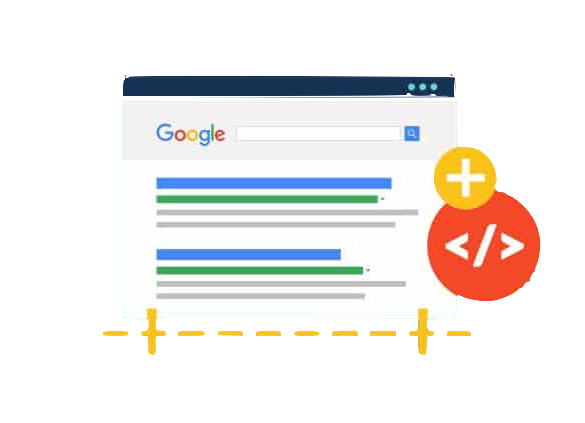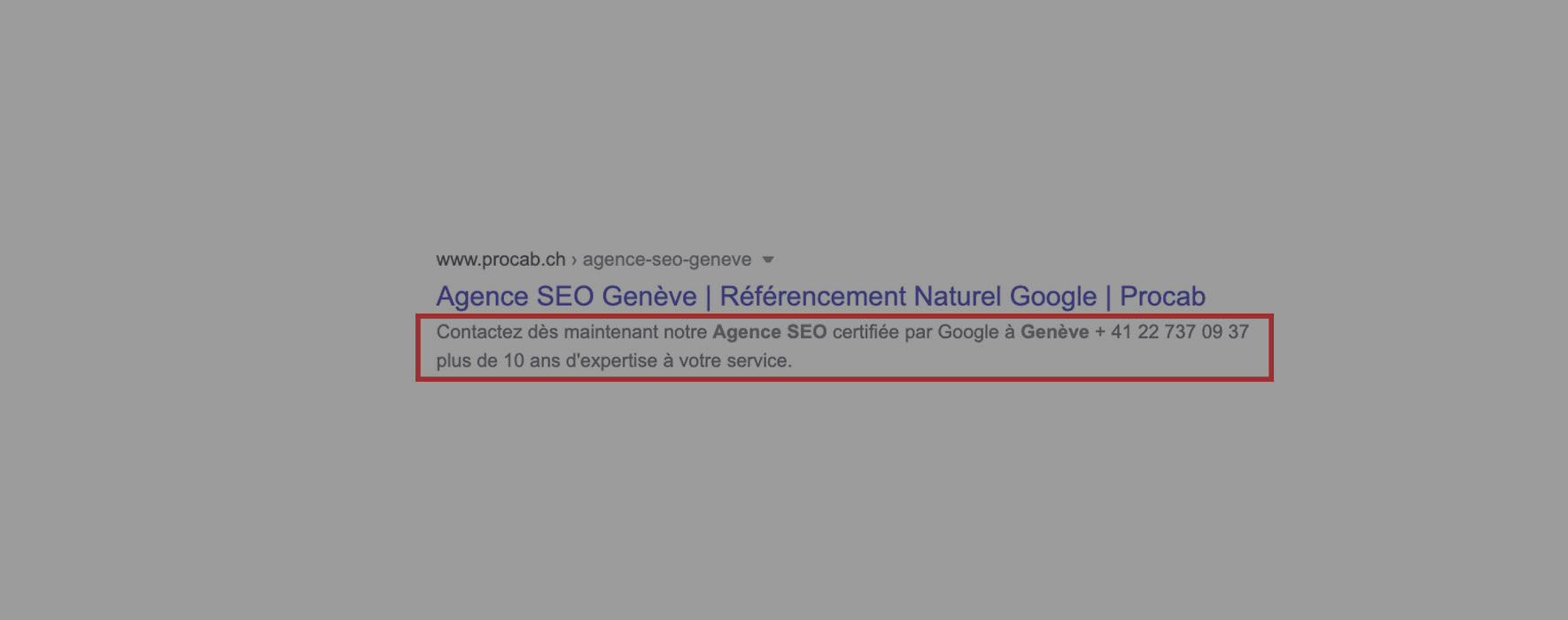How to write an effective meta description?

The meta-description is a meta tag that aims to present the content of a web page. It is displayed in the search results of the various search engines in the form of a extract snippet under the title tag (meta_title) to provide context.
Admittedly, the meta-description attribute is not an essential positioning factor and Google displays it in the SERPs only 37% of the time. On the other hand, it is always part of the On-page SEOMeta description is a strategy used to optimize the content of a page that we want to position on Google. Thus, every web content editor must master the writing of meta descriptions.
In this article, you will find some tips to create meta descriptions quickly and efficiently. We will also show you how to audit them correctly. But first, we'll see why meta descriptions still matter despite their seemingly low importance for SEO.
Why do we still need to work on meta-descriptions?
Have a convincing meta description encourages more people to click on your website from the search results. This is important even if, as we have already mentioned, Google only displays meta descriptions in 37% of the time.
For example, if you get 50,000 page views per month, Google displays your meta description for an average of 18,500 of those page views. But it is important to remember that an increase of 1% in your Click Through Rate (CTR) or click-through rate can already generate about 185 additional clicks.
So, even if you should not be focused on meta descriptions, it is still worthwhile to spend some time on writing it, especially if it is a page that is likely to generate organic traffic and to be shared on social networks.
Indeed, when a page is shared on social networks, it extracts the description of Open Graph meta tags. But if you haven't set an OG description for Facebook or Twitter, it automatically uses the meta description you wrote instead. Therefore, if you want to work on only one of these tags, it will be the meta description.
How to write a meta description?

- Start with the title tag or meta title
Always think of the meta description as something that complements the meta title. The latter should summarize the page in question with a few main keywords that characterize the subject. The meta description is used to further develop the title tag.
A brief description should be written that gives users thewant to click on your link instead of another. To do this, the title must be both punchy and relevant. It must announce that your content is the most interesting and the most enriched of all.
- Responding to the intent
The intention to navigate or research intention is the "why" of a query. In other words, it corresponds to what people are looking for when they type in your main keyword. You need to determine this factor to provide the right information in your meta description. To achieve this goal, ask yourself the following questions:
-
- Do the target Internet users want information? If so, what information?
- Do they want to buy a product? If so, which one?
- Are they looking for a specific website?
- Do they want a quick answer to a question?
Here you can use existing search results as templates. Google strives to provide the most relevant results to users. So, look for commonalities in the snippets on the first page of results and use them wisely in your meta description.
- Use the active voice
The active voice is clearer and more easily generates a click by addressing the target directly. Each sentence deploys a specific verb and makes the user the subject. In other words, you show that he is performing the action. On the other hand, passive voice is dull and quite demotivating. Active voice sentences are the easiest to understand because readers can see right away who is doing the action.
- Be concise/precise
Meta descriptions are not for storytelling. Every word counts because users quickly decide what to click on when hovering over the results. Remember that descriptions are truncated after a certain length.
Currently, the length is set at 160 characters approximately on computer and 120 characters approximately on mobile. There are SEO tools / plugins that allow you to write good meta descriptions at the right length.
You need to do an analysis to know if you should optimize your metas for computer or mobile users. It all depends on your audience, but generally speaking, smartphone searches are becoming more and more common. If you opt for descriptions for desktop users, still make sure that mobile users have all the information they need about the length of text (120 characters) displayed in the mobile SERPs.
- Writing the meta-description
It's easiest to use a content management system or CMS. In Wix, Squarespace, Shopify and most other CMS, for example, you'll find a text box to type or paste your meta description into the back office. In WordPress, plugins like Yoast, SEOPress and RankMath offer the same functionality. We recommend SEOPress for this part.
If you are not using a CMS, simply paste the meta description tag into the section of your HTML code.
How to optimize the creation and writing of meta descriptions?
Every time you create a new web page, you should give it a good meta description. But this is not enough. We advise you to do an audit to see if your pages have relevant meta descriptions.
It doesn't have to be about checking your entire site for meta descriptions. Instead, focus on the pages that generate the most traffic. This is where a better meta description can make a real difference.
To help you in this task, you can use tools like Ahrefs and SEMrush. These are tools dedicated to SEO. To audit your meta descriptions, use the Site Audit function of these tools and then sort your pages according to their organic traffic to review the most important tags.
Ask our SEO experts for advice


